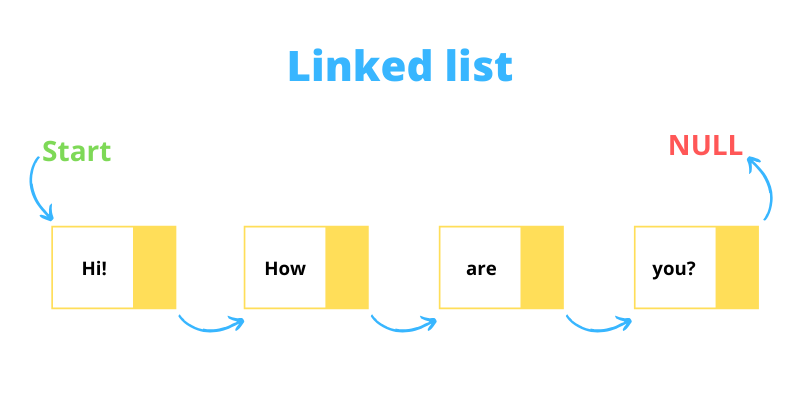Linked list in C
All Answers
need an explanation for this answer? contact us directly to get an explanation for this answer
need an explanation for this answer? contact us directly to get an explanation for this answer
Linked list program in C
total answers (1)





 C programming
C programming